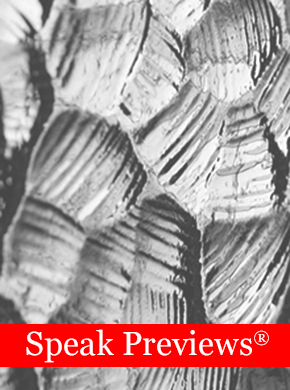I grew up in Texas in a place that doesn't get all that much snow or cold weather, so we were generally ill-prepared for both. We had light coats and mittens; they were enough to see us through just about any winter so long as we didn't leave our coats in the school cloakroom or lose our mittens on the walk home from school when we played mountain goat on a low berm a few blocks from home. But one January morning when I was about eight, I looked outside and saw my little world turned white: inches and inches of snow on the ground and more falling.
No school! We kids heaped on layers of sweatshirts and pants. We plopped down on the floor so our mother could fashion for us some protective footwear. Over our shoes she pulled plastic sacks, securing them with rubber bands that had once held the daily newspapers in a tight tube. Almost every doorknob in the house was wrapped in those rubber bands; they often grew sticky and then brittle in summers so hot that the temperature inside reached ninety degrees.
That morning, we three kids—all of us under ten—shuffled outside in our plastic-covered shoes and tumbled off the porch, slipping and shouting, rolling and diving. As the morning wore on, we yelled for Momma to bring us things we needed—a shovel, some blankets, a sled. She would not allow us to go in and out in our snow-sodden clothes. She brought us everything we yelled for, and then paused on the porch to snap pictures as we pulled our little sister on the sled.
Scanning one of these pictures recently, I wondered why we had a sled—we didn't even have snow boots. I peered more closely at the picture, a dark and fuzzy image of three children in a landscape of snow, the smallest child sitting on a sled, facing the camera with a huge grin, another of us in front and the third behind, pushing and pulling as our sister held on, laughing.
I stared at the picture, much as I must have done dozens of times since that snowy morning. But this time I saw the head of a horse, saw four large springs stretching from its body to a metal frame, the frame bending at the bottom into a straight metal tube. Our sister sat astride the horse, her tiny hands clasped around the handles protruding from its face.
I was looking at a rocking horse, a rocking horse transformed into a sled. I was looking at innovation.
Ah, innovation.
Stories can be a spark that sets a presentation into motion or keeps it going. If you've used a story that did just that in a presentation, we'd love to hear it—and share it with our readers. You can send it (and any other questions or stories you have) to speakpreviews@ecglink.com



